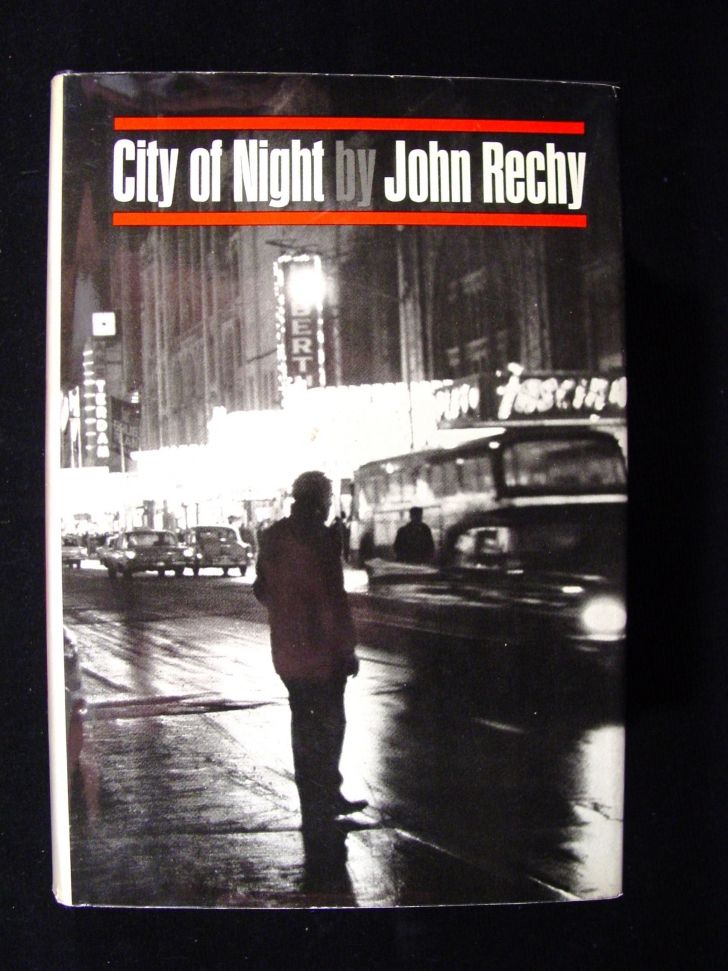
John Rechy’s City of Night was proclaimed by The Washington Post as “one of the major books to be published since World War II” upon its release in 1963. It is a groundbreaking debut novel that opened doors for gay writers and books with its frank portrayal of a male hustler whose wanderlust takes him from El Paso, Texas, to the subversive worlds of Times Square, New York; Pershing Park, Los Angeles; and the French Quarter of New Orleans.
Through his journey, the narrator (or “youngman,” as Rechy refers to his hustling protagonist) meets a colourful, damaged and pioneering crew of hookers and their scores, drag queens and various creatures of the night searching for purpose and liberation in oppressive 1960s America.
Rechy is known for his stories about hustling, inspired by his real-life experiences on the streets. His insight makes him a writer of refreshing, at times alarming, and always mesmerizing candour. He entwines police raids, drag queen revolutionaries and yearning street hustlers to depict the foundation of gay culture as we know it today.
Just as entertaining as the hustlers and queens are their scores, who range from wanting SM sex to nothing more than an “angel” to tell their life stories to. From the lonely to the bizarre, like a man from Queens, New York, who hired youngmen to strip naked and eat a home-cooked meal while calling him “mom,” Rechy exposes human nature at its most vulnerable.
In each city, the hustlers, studs, queens and scores are looking for something. In the night, through the darkness, they lose themselves in hopes of being found.
 Why you can trust Xtra
Why you can trust Xtra


